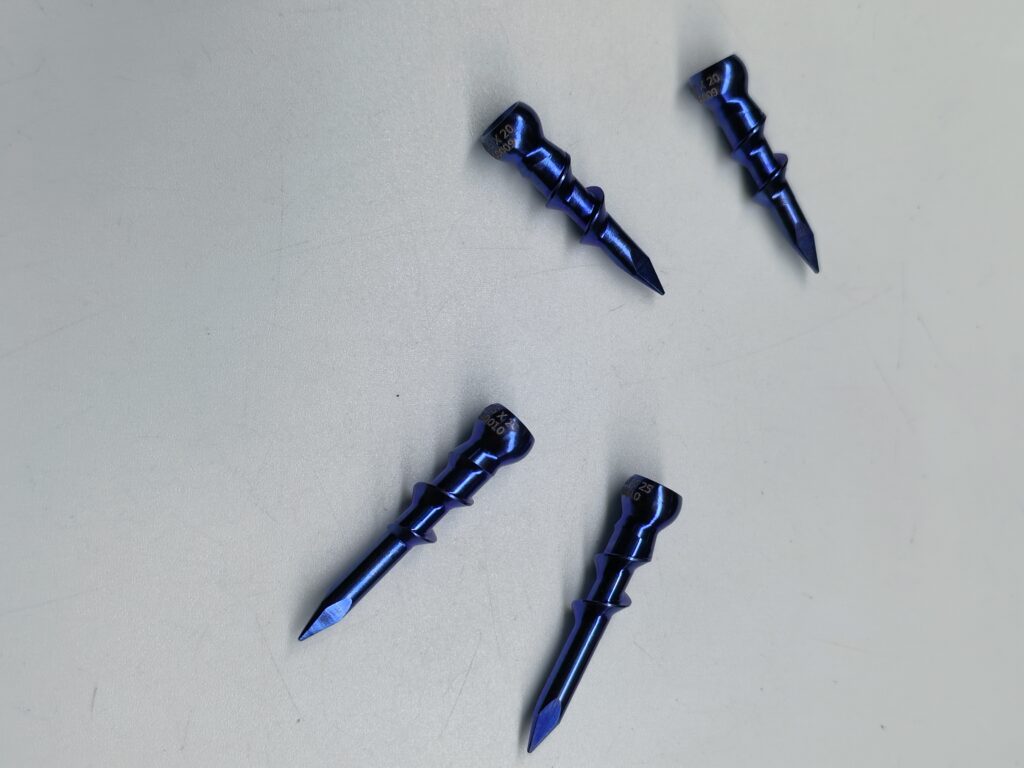Great question—Ti-6Al-4V (titanium alloy with 6% aluminum and 4% vanadium), specifically conforming to ASTM F136, is the most commonly used titanium alloy in medical applications like implants. Here’s why this specific alloy is chosen over others:
1. It Meets Strict Medical Standards (ASTM F136)
ASTM F136 is a standard that defines titanium alloy for surgical implant applications. It ensures:
- Biocompatibility
- Controlled microstructure
- Mechanical performance
- Low levels of harmful impurities
So, it’s basically a version of Ti-6Al-4V that’s been carefully made and inspected for human use.
2. Excellent Biocompatibility
Like all titanium alloys, Ti-6Al-4V doesn’t trigger negative immune responses. But ASTM F136-grade goes further—it has:
- Low oxygen content (better ductility and fatigue resistance)
- Certified purity (important for minimizing rejection or adverse effects)
3. High Strength & Fatigue Resistance
Ti-6Al-4V is much stronger than commercially pure titanium, and it holds up well under stress, bending, and twisting over time. This is crucial for:
- Joint replacements
- Bone plates
- Spinal rods
- Dental implants
Its fatigue resistance helps the implant last for decades in a constantly moving body.
4. Lightweight
It has a high strength-to-weight ratio, making implants strong without feeling heavy. That’s important for comfort and load-bearing bones.
5. Non-Magnetic (MRI Safe)
Patients with implants can still undergo MRI scans because this alloy is non-ferromagnetic.
6. Excellent Osseointegration
Ti-6Al-4V has a surface that can be modified (textured, coated, or porous) to promote bone growth directly into the implant. That leads to long-term stability.
Any Downsides?
- Aluminum and vanadium may be a concern in non-implant uses due to potential long-term effects—but for implants, their levels are controlled and considered safe.
- It’s more expensive and harder to machine than stainless steel, but for permanent implants, the performance outweighs the cost.
So in short: Ti-6Al-4V (ASTM F136) is kind of the “gold standard” alloy for implants because it balances biocompatibility, strength, and durability with a trusted manufacturing spec.
Want a quick comparison with stainless steel or cobalt-chrome implants?



